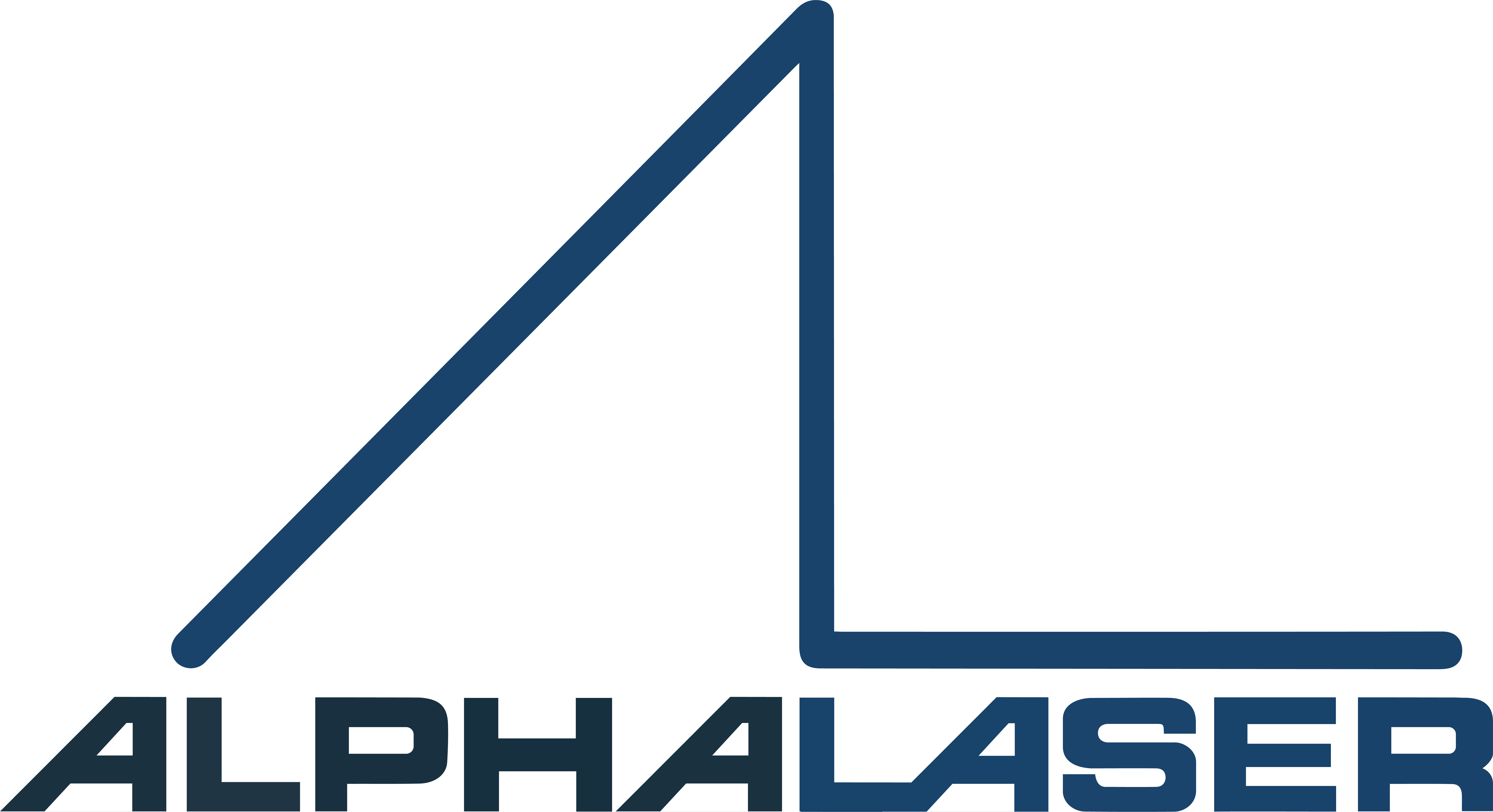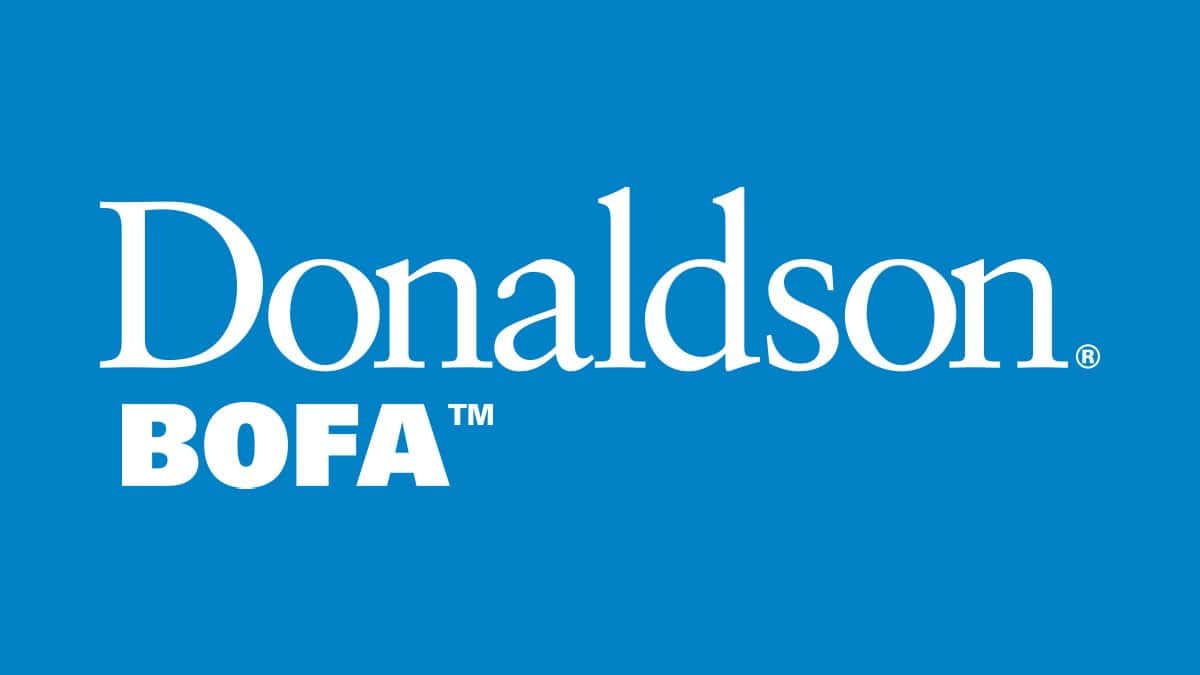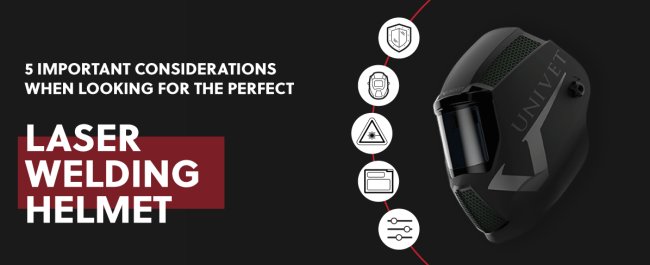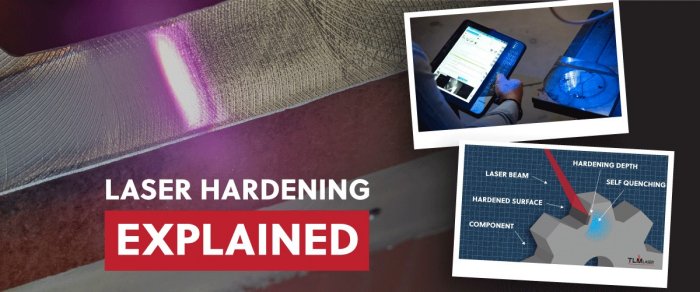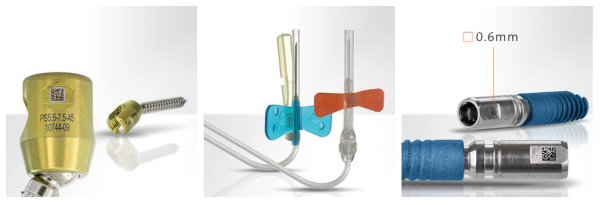
Laser Safety Eyewear & Helmets
When working with lasers, safety isn’t optional—it’s critical. TLM Laser, as the UK’s trusted distributor for Univet, offers premium laser safety eyewear and helmets engineered to protect operators against harmful laser radiation while ensuring comfort and performance.
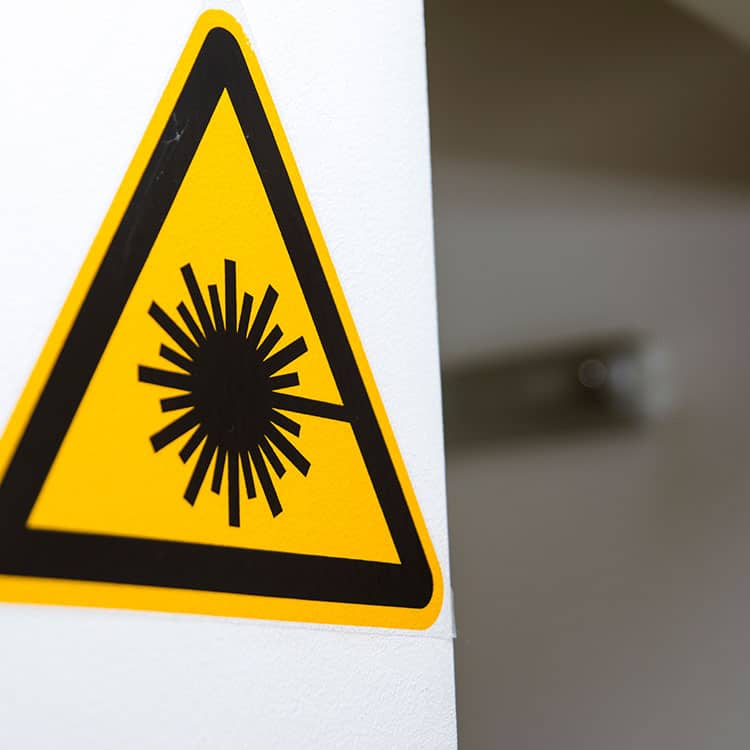
Why Laser Safety Matters
Protecting Your Vision and Safety with Univet Laser Solutions
Combining advanced safety standards, state-of-the-art technology, and award-winning design, Univet products deliver unmatched protection that operators want to wear.
Lasers produce concentrated beams of light that can cause serious eye injuries, even from diffuse reflections. Protecting operators and maintaining a safe working environment requires the correct eyewear and helmets that meet stringent European standards:
- EN 207: For direct exposure protection, ensuring the eyewear can withstand 5 seconds of direct laser impact or 50 pulses.
- EN 208: For alignment safety, limiting exposure to Class 2 levels while maintaining visibility of the beam spot.
Univet’s range of laser safety eyewear and helmets ensures compliance, durability, and clarity across all laser applications, from low-power alignment tasks to high-power welding.
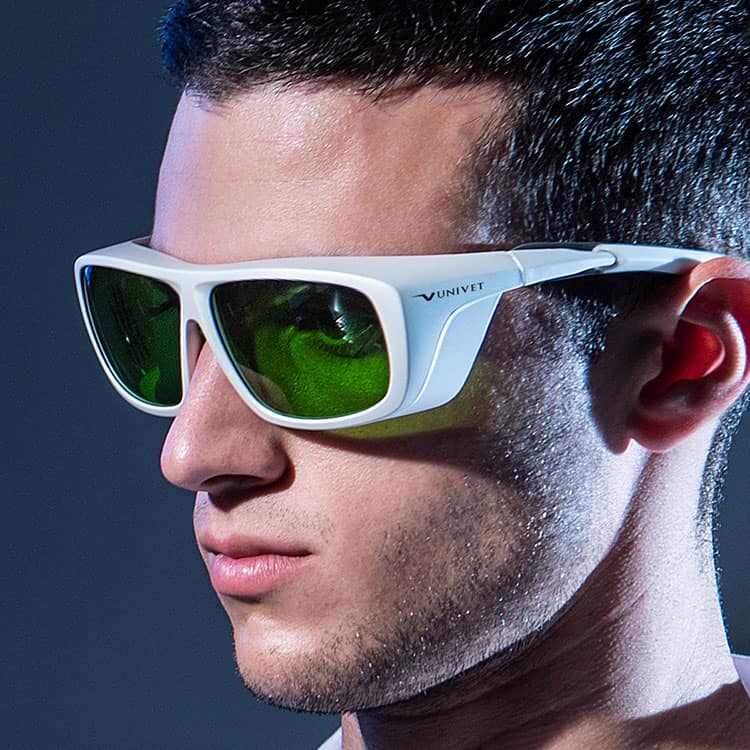
Univet Laser Safety Eyewear
Tailored Protection for Your Laser Specification
Choosing the right laser eyewear requires understanding your laser system’s specifications, including:
- Wavelength
- Laser Type (continuous wave or pulsed)
- Maximum Laser Power and Pulse Power
Univet’s eyewear is available with precision-engineered laser safety filters to match your specific wavelength and protection level. With advanced coatings and materials, Univet filters effectively block hazardous emissions while maintaining optical clarity.
Combining essential safety features with comfort and style, each pair is marked with key details like wavelength, optical density, laser type, and CE conformity. Lightweight, durable frames and innovative SoftPad technology ensure all-day wearability, while their ergonomic Italian design makes them both practical and appealing to operators.
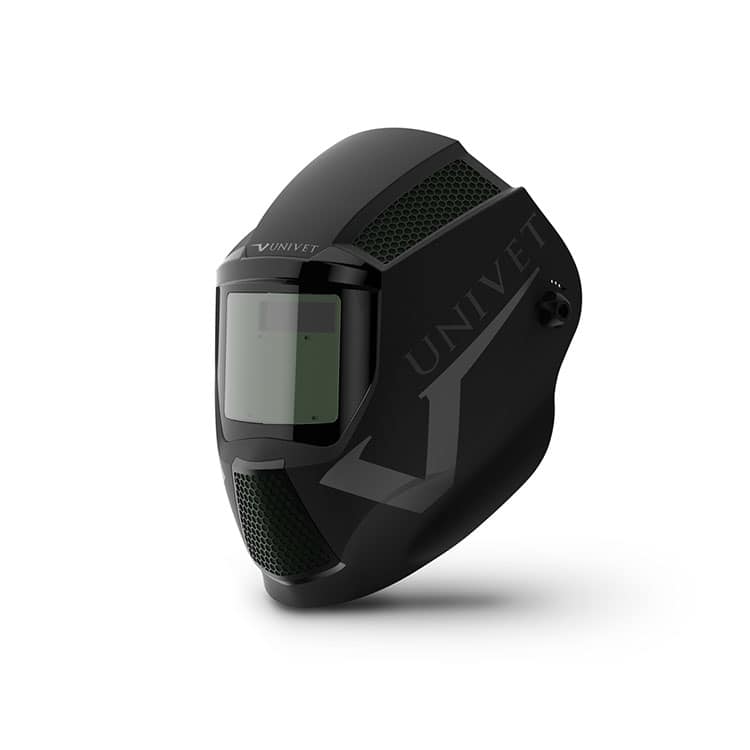
Univet Mastr Laser Welding Helmet
Ultimate Protection for Laser Welding Applications
When it comes to handheld laser welding, the Univet Mastr Laser Welding Helmet offers the highest level of safety, performance, and comfort. Engineered specifically to protect against intense laser radiation and diffused light, the Master helmet ensures operators remain protected without compromising precision.
The Univet Mastr Helmet offers certified protection against laser radiation and incoherent light, meeting stringent safety standards. Equipped with an Auto-Darkening Filter (ADF) for real-time shading adjustment (variable shades 4-8 / 9-13), it ensures clear visibility and precision for detailed work.
With a wide viewing area of 100 x 53 mm and a fast-switching time of 40 µs, it delivers exceptional accuracy. Lightweight at just 500 grams, the helmet features adjustable headgear for enhanced comfort and reduced fatigue. Made from a heat-resistant compound for durability, it also includes digital controls for sensitivity, shade, and delay, plus a versatile grinding mode.
Answering Your Questions
Frequently Asked Questions
Ensuring compliance starts with a proper risk assessment, appropriate safety measures, and operator training. TLM Laser provides safety audits, guidance on protective equipment, and training courses to help businesses meet UK and EU laser safety standards. We can also advise on laser enclosures, fume extraction, and interlock systems to keep your workplace safe and compliant.
TLM Laser offers certified laser safety training tailored to different levels of expertise. Our offerings cover laser classifications, risk assessments, safety controls, and best practices to ensure compliance with UK and EU regulations. Whether you need training for new staff or refresher courses for experienced operators, we provide hands-on and theoretical instruction to improve workplace safety.
Laser systems can pose risks such as eye and skin exposure, fumes, and fire hazards if not handled properly. Following laser safety regulations ensures compliance with health and safety laws while protecting operators from potential harm. Implementing the correct safety measures, including training, protective equipment, and system safeguards, is essential for a safe working environment.
Reviews
Don’t Just Take Our Word for It
Our Customers

Talk to Us!
Connect with our Technical & Support Team.
